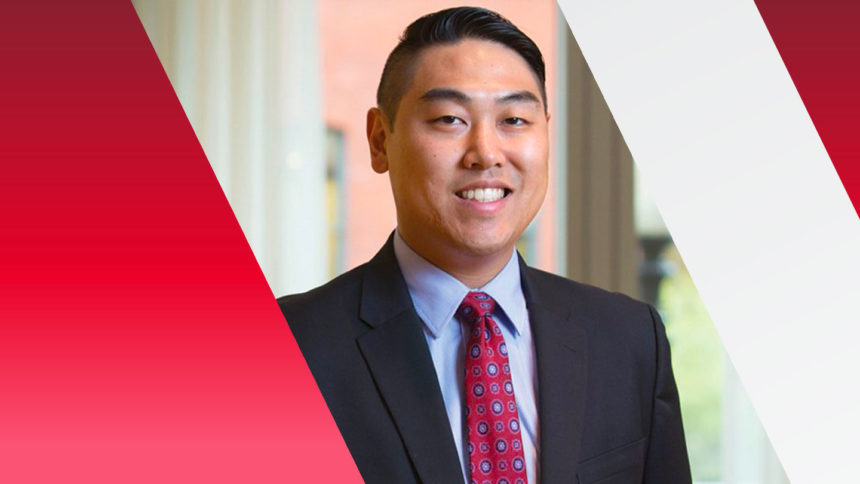
Provider Relief Fund audits have started in earnest, with the threat of federal investigators demanding more and different data than most skilled nursing providers have ever been asked to account for.
Audits will run in waves over the next two years, but there are key steps providers can take to keep the reporting and auditing process less stressful, experts emphasize.
First and foremost, document everything related to COVID-19 expenses, Brian Lee, a partner in Alston & Bird’s Healthcare Group, told McKnight’s Long-Term Care News. Better, tie the documentation to the guidance that existed at the time of any spending decision. He said it’s a logical connection to what you were doing and when you did it in relation to the requirements of the program.
“That’s an important piece from a defensive posture,” said Lee.
Many PRF recipients have never received such a large amount of government funding before, said Christopher J “CJ” Frisina, an attorney in Lee’s group who works with healthcare providers and suppliers in responding to inquiries from HHS and its sub-groups such as the OIG.
“There will be an intense level of scrutiny on reporting,” he said. “The financial team is the one that’s going to be hit hardest by this and it’s nice to have institutional knowledge. Some organizations will have made mistakes and need to respond and fix their processes. Others may learn they have used funds inappropriately and will need to return them.”
PRF funds will end in the quarter that the public health emergency ends, the attorneys said. Many think that will be in April 2023, so because audits are for every fiscal year a provider topped $750,000 in COVID-related expenses and revenue loss, these audits could continue into 2024.
Quality team needed
Facilities have to hire their own auditor. Lee and Frisina said providers should make sure to question potential auditors on their experience level with the single audit process.
“The best way to not stress is to have a team,” Lee said. “The entities we’ve worked with that have one person and one person alone usually require the most help and that’s for a number of reasons. One, there are no redundancies in place. It’s really hard to ask someone to do what presumably was some other job other than PRF and then to also take on the entirety of PRF in addition to that.
“Second, we’ve seen in the last year, year and a half, the great resignation from the healthcare industry and the c-suite is not insulated from that. So when you have one person doing this and that person retires, all the institutional knowledge goes out the door along with him or her.”
The best guidance for facilities is outside counsel, said the duo. That ensures someone is keeping tabs on changing rules and requirements, providing information and keeping facilities on deadlines.

“Make sure you already have some idea of where they’re going to go, some idea of what’s required of you whether that be being able to support an expenditure or your lost revenue calculation is correct so that when it’s asked you can just grab it,” Frisina said.
“It isn’t a requirement that you’re able to respond to an auditor’s questions quickly to get the documentation, but the faster you can do that, it puts that impression in their mind that this is a facility that has its ducks in a row and has the internal controls that are ready to go.”
If there is a finding that could result in a dispute, the earlier you can resolve the finding the better off you are, Lee said, because it saves money and raises the chance of resolving instead of with a long legal process. Resolving means finding an administrative solution to any audit dispute before it heads to federal court, said Lee.
“In essence, try to work it out with Health Resources Service Administration before it escalates any further,” said Lee.




